Wait, What's a Jib Door, and Do I Need One?
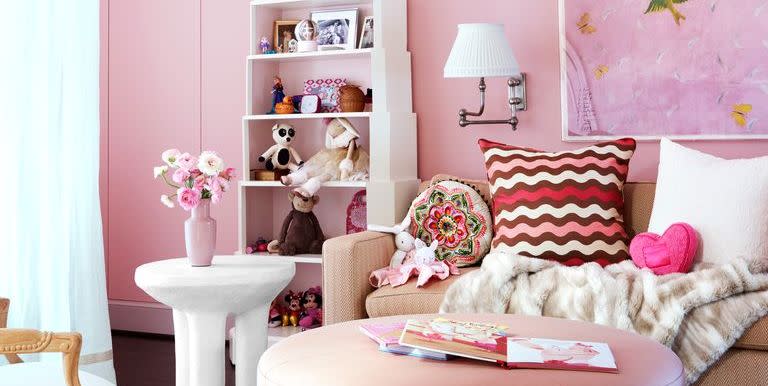
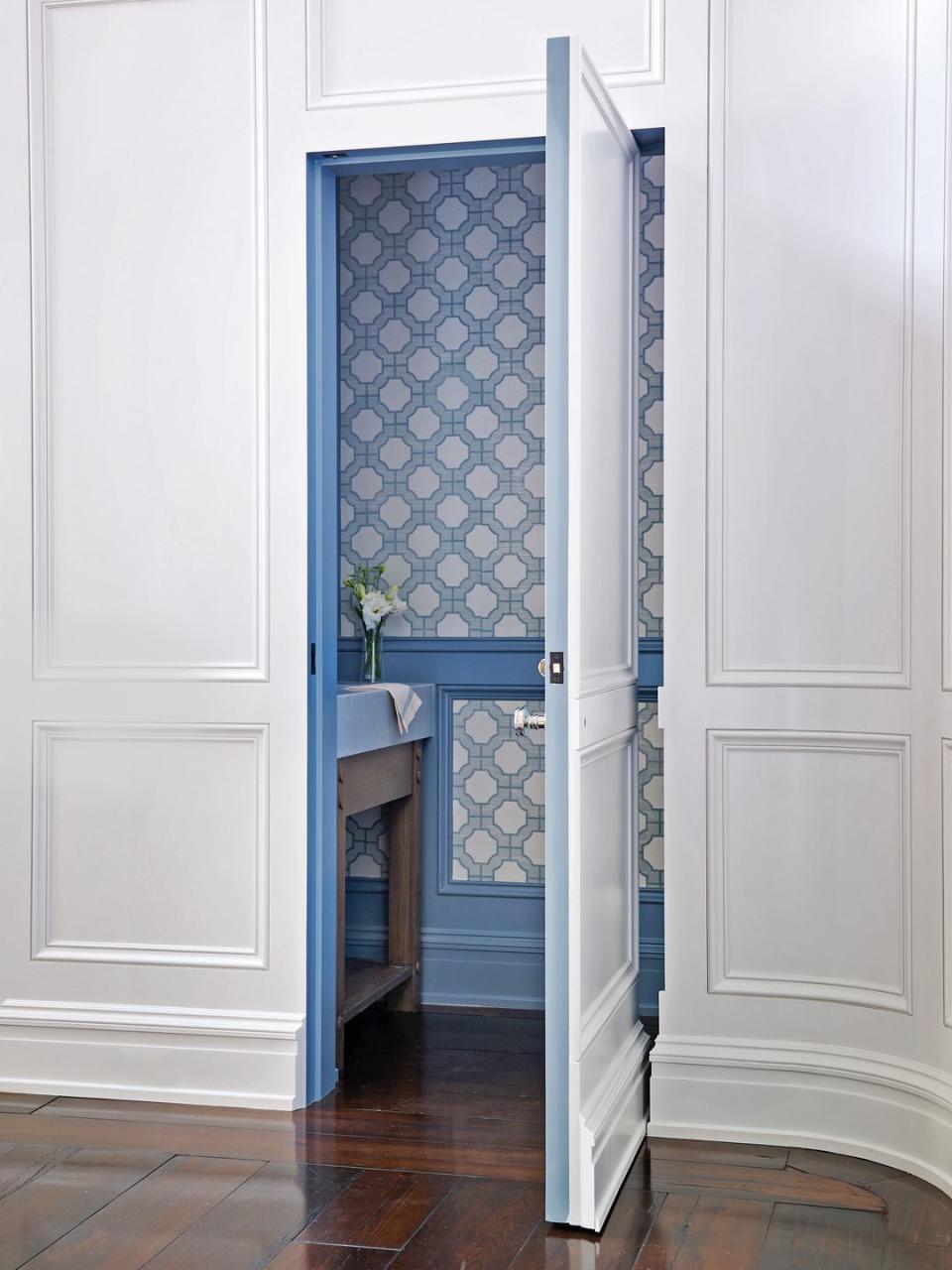
If you've ever selected a door for your home, you know the possibilities are nearly endless: Dutch doors, French doors, sliding doors, pocket doors—and the list goes on. But, if you've recently picked up our latest issue (and if you haven't, what are you waiting for?) you may have noticed that we spotlighted a less-common door. The portal in question: the jib door.
So what, exactly is it? Well, its lack of recognition is fairly apt, since the jib door's main attribute is its ability to blend in. Essentially, it's a door that is flush-mounted right into the wall—and often without hardware—essentially making it "invisible." Keep reading for everything you need to know about designing and install a jib door.
What to Know Ahead
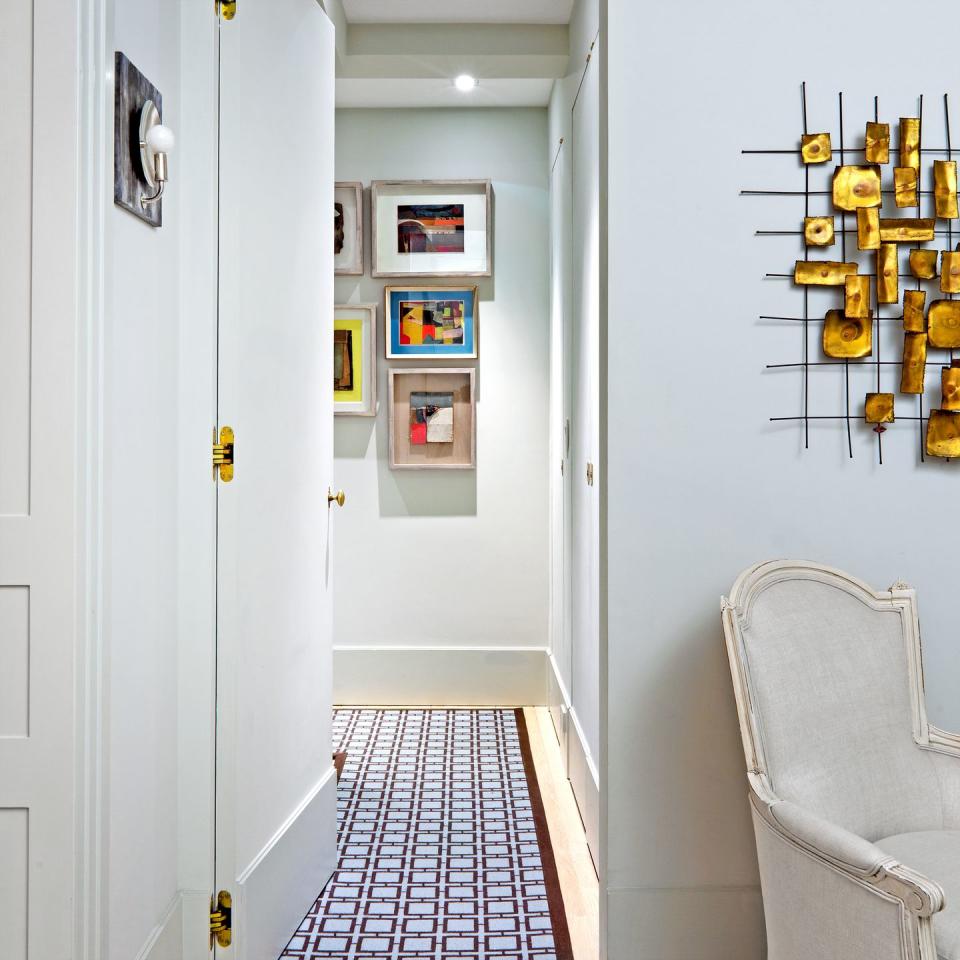
Jib doors that truly camouflage into the wall require special hinges. Soss hinges are great because they're concealed between the frame and the door, functioning like an accordion. The prices vary, though they tend to cost around $30 apiece. It's worth the cost if you want a hinge that's completely invisible when the door is closed (see an example in the above space designed by Alexander Doherty). Another good option is a pivot hinge installed in the header.
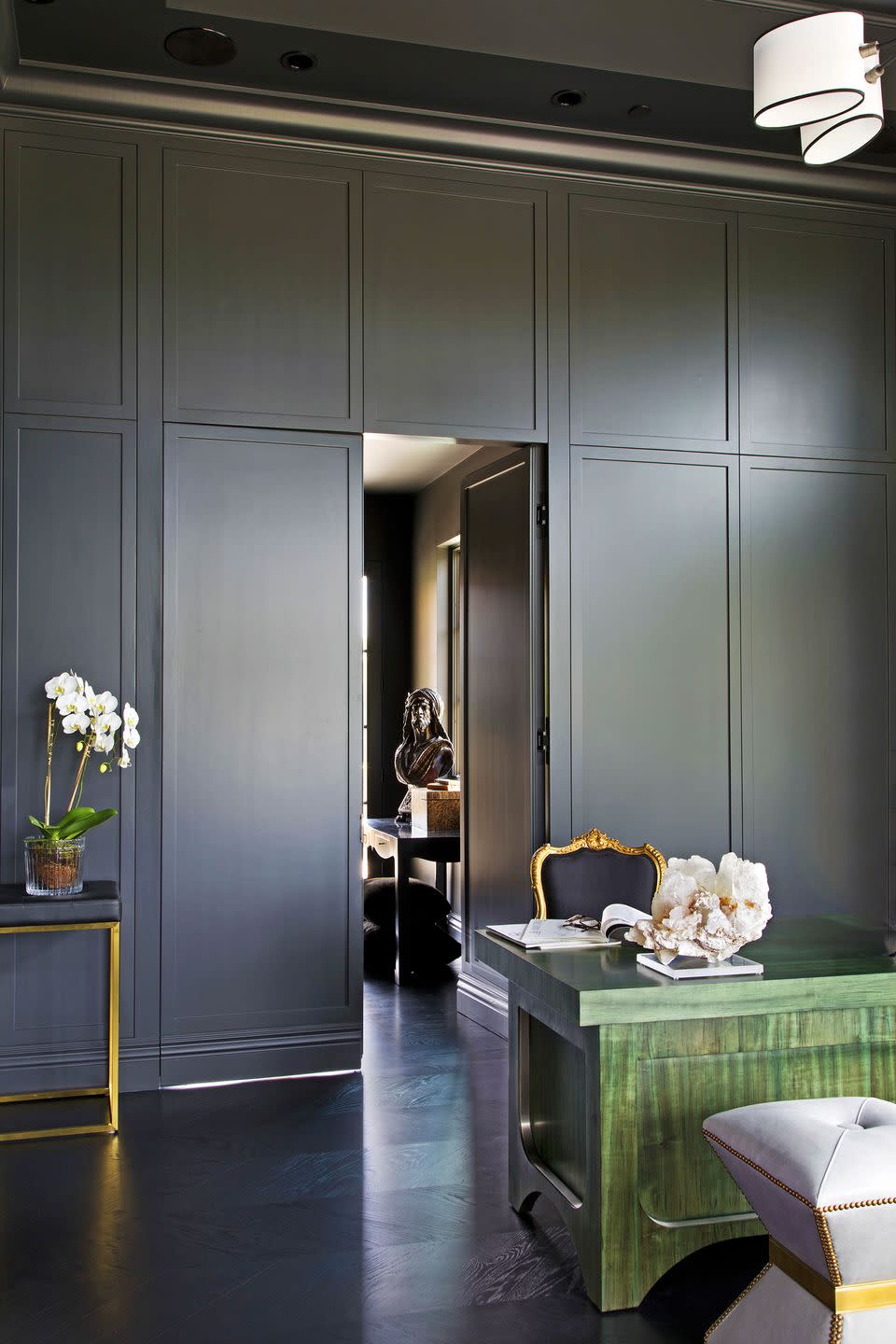
Once you decide on a hinge, you'll want to work with a skilled carpenter who can prep the doorway so the opening is fit exactly to the door, and thus, flush with the wall when closed. Starting anew is much easier than trying to retrofit a jib door into an existing wall and frame. Also, opting a touch-to-open spring latch will mean you don't have to add a knob, as Andrea Schumacher did for the study above.
Choosing Your Disguise
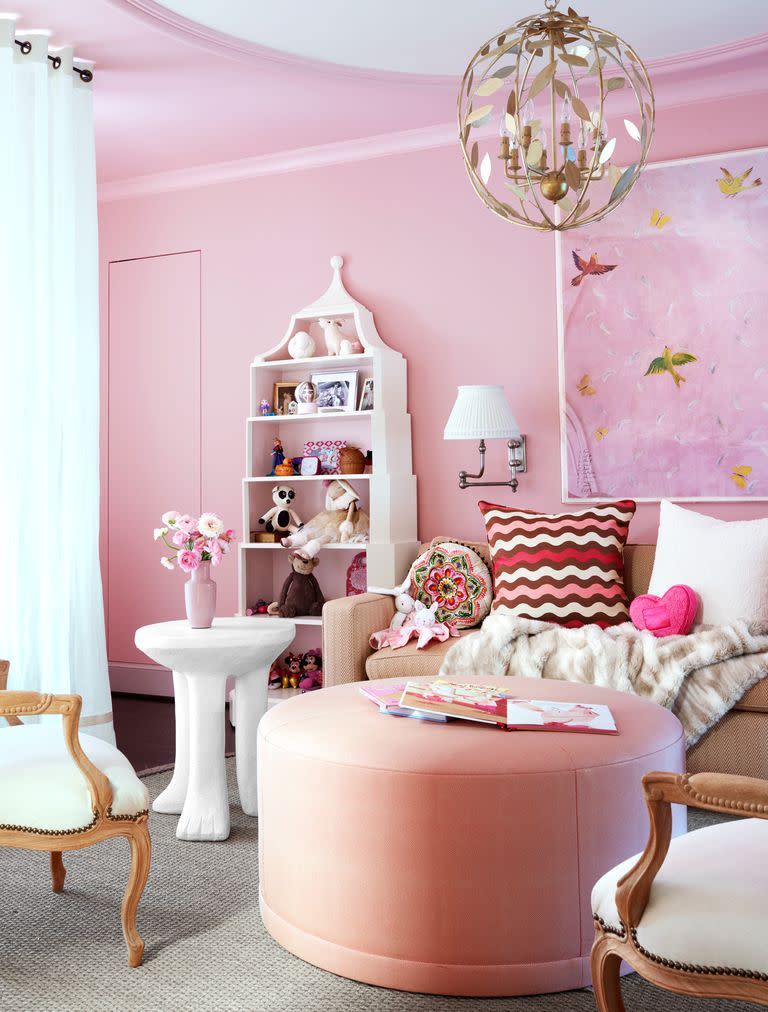
Designer Barry Dixon, for one, uses them to detract attention from spaces that aren't design-important. "I did jib doors for the coat closets so they disappeared into my wall color," he explains of the home from our June issue. Meanwhile, in a daughter's cheerful, pink bedroom (shown above), a jib door gives the entry the feel of a magical kind of secret passageway.
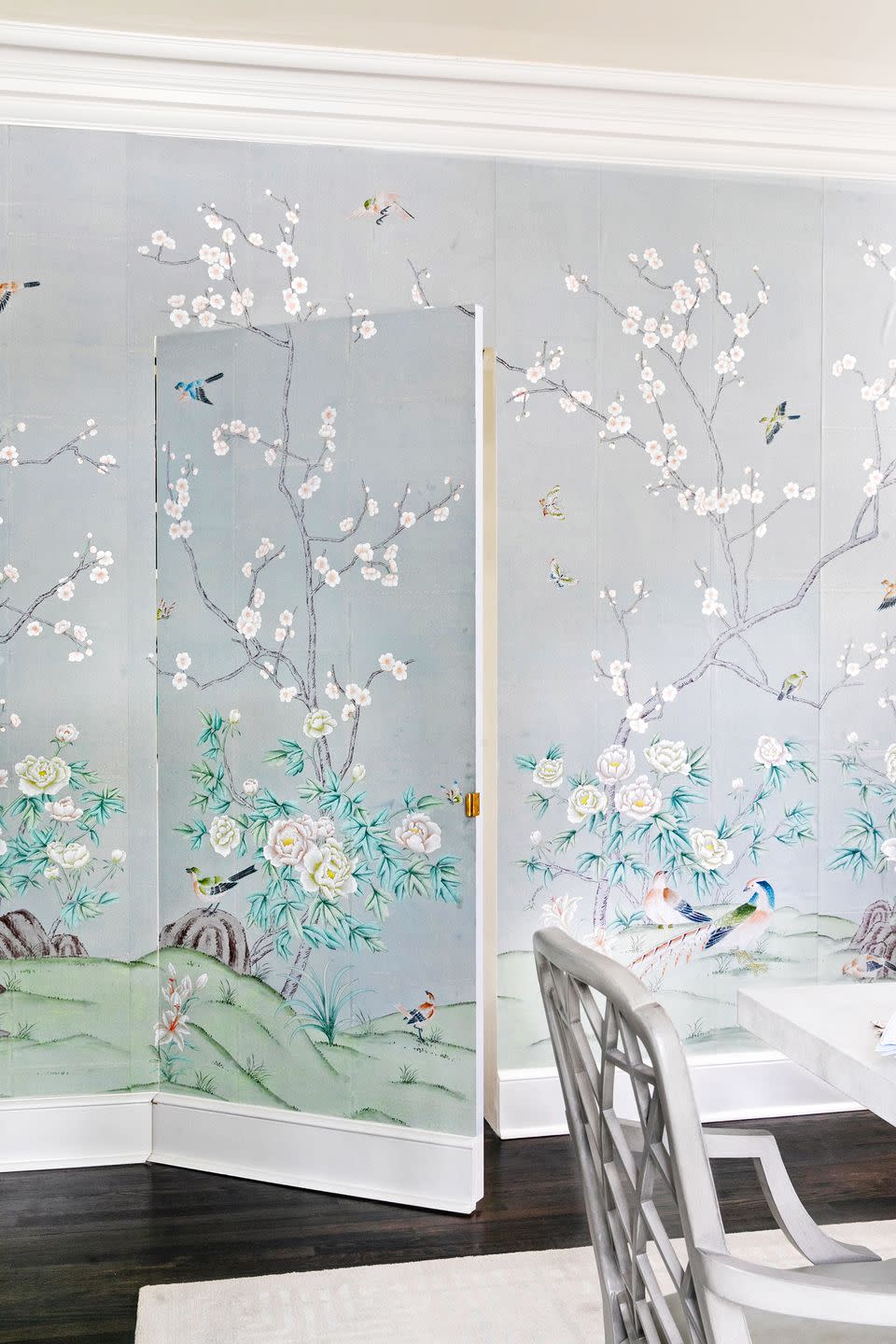
Though Dixon's doors are quite minimal, it's not uncommon for jib doors to have more ornamentation. Sometimes, designers will create a jib door within frame molding, further camouflaging it to the unsuspecting eye by blending it into the surrounding architecture and millwork. Or, as is the case in this dining room designed by Clary Bosbyshell, they'll use the same mural wallpaper to create a seamless transition.
Other Options to Consider
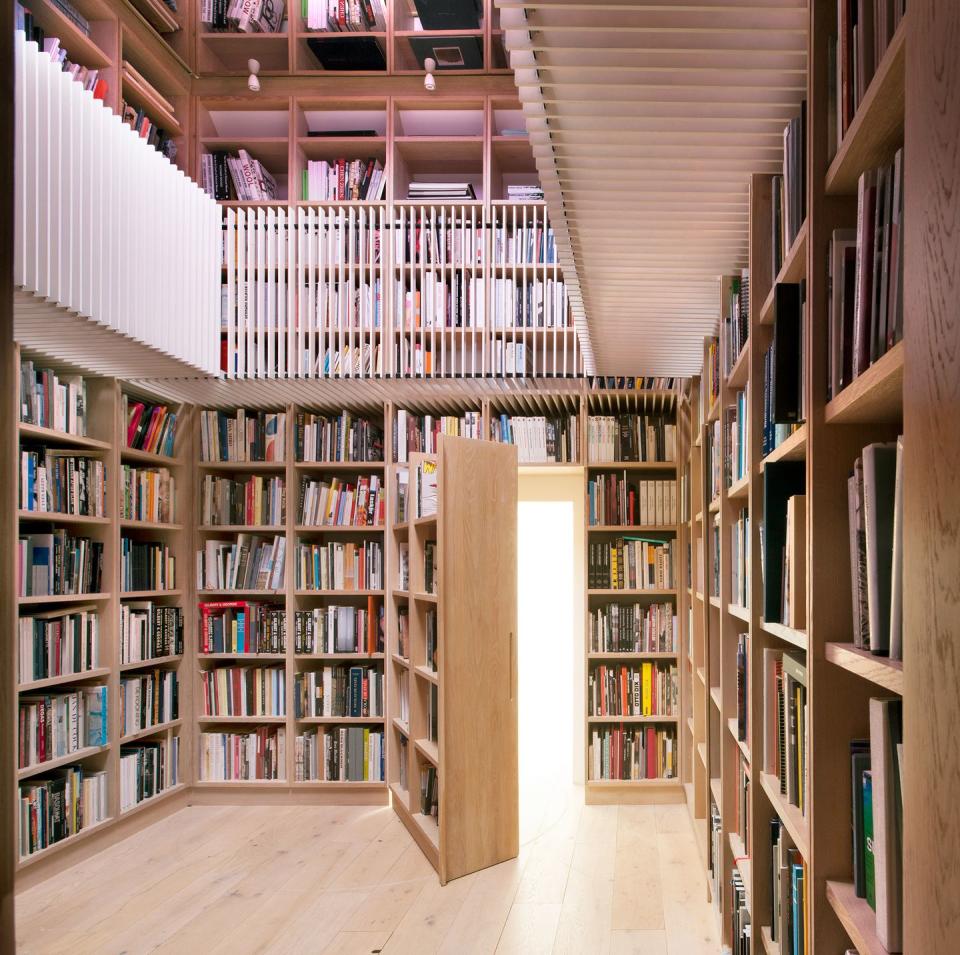
While jib doors are beautiful, there are other ways to conceal rooms and the doors that lead to them. Enter: the Murphy door. These are great because, like jib doors, they blend right into their surroundings. But they also have the added bonus of extra storage space, making them great candidates for home offices, studies, and pretty much anywhere that needs extra shelving.
You can pick from a variety of styles at Murphydoor.com; the units come with detailed instruction manuals, too, if you're up to the challenge of installing yours by yourself.
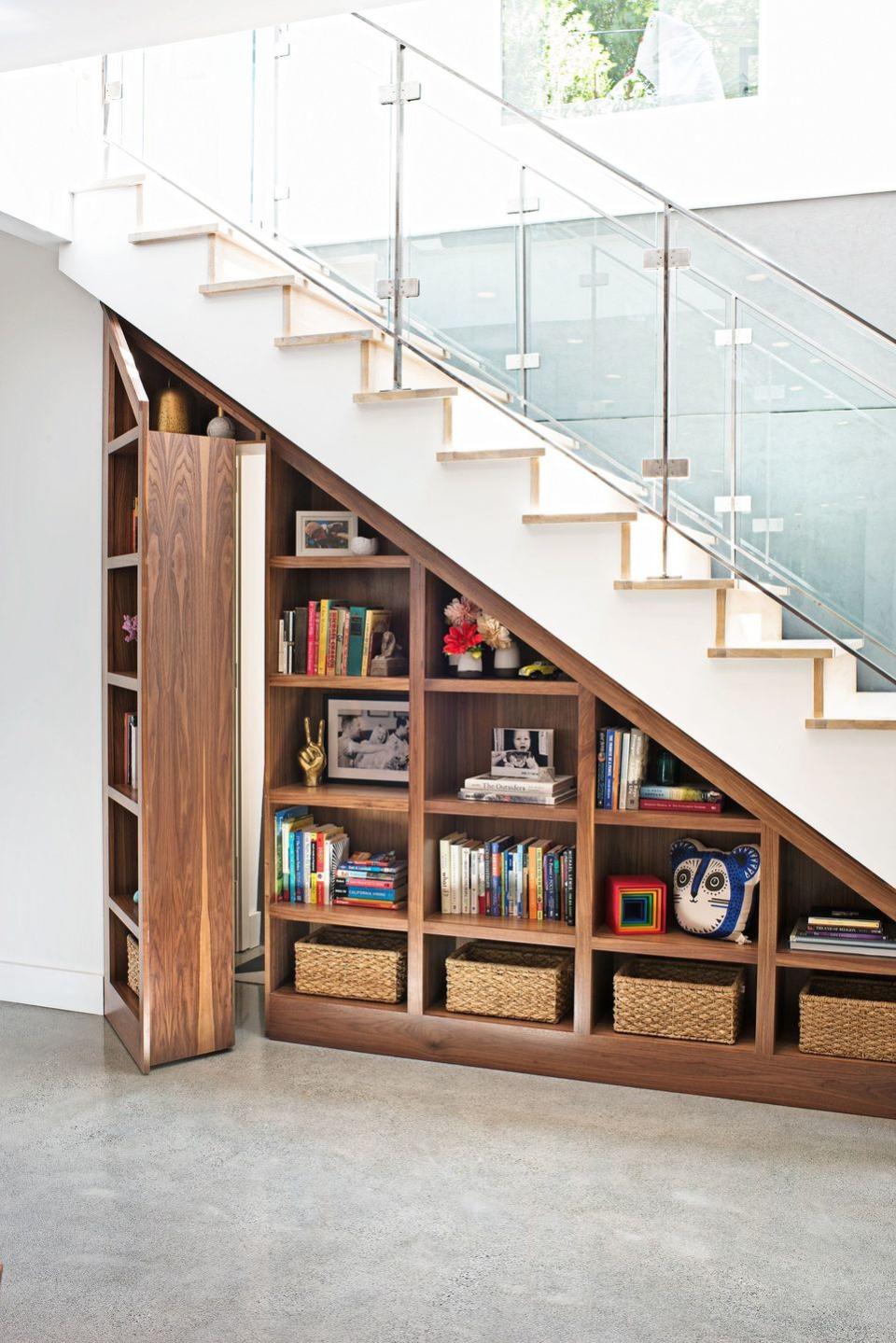
Follow House Beautiful on Instagram.
You Might Also Like

